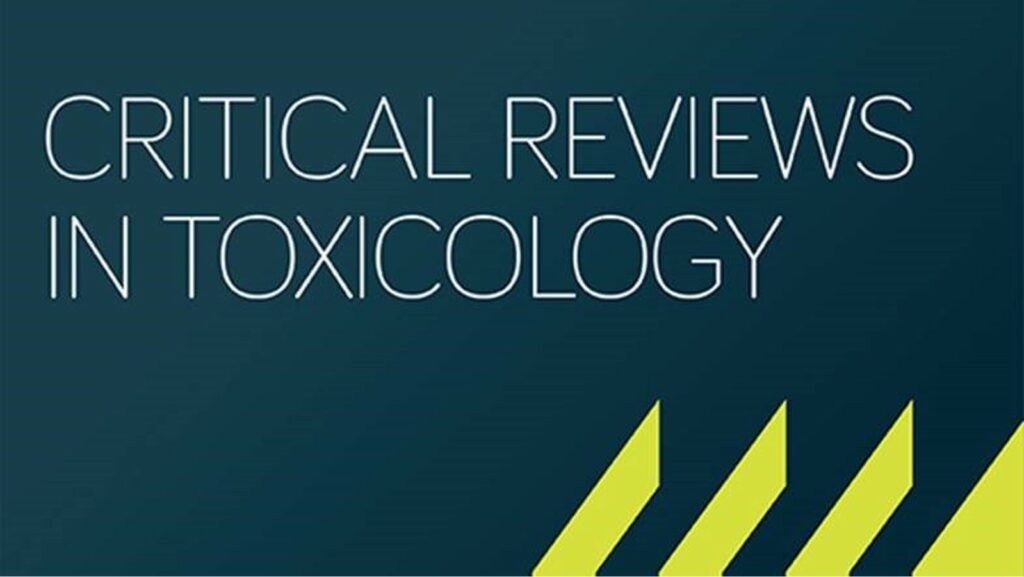Publication release: Use of clinical data for respiratory sensitisation classification
Brussels, 22 January 2025 – Chemical respiratory sensitisation, typically manifested as allergic asthma or allergic rhinitis, represents a severe health hazard. It is a two-step process whereby initial exposure to a chemical results in priming of the immune system, which provokes an immunologically-mediated hypersensitivity reaction upon subsequent exposure to the same (or similar) chemical. This immunological reaction is what differentiates ‘true’ respiratory sensitisers from respiratory irritants.
Accurately classifying low molecular weight chemicals (LMWCs) as respiratory sensitisers is critical for effective chemical regulation and protecting the health of workers and the population as a whole. However, there are currently no reliable laboratory tests or predictive tools to identify whether a chemical is a respiratory sensitiser. Instead, human clinical data are often used, but such approaches have not been designed for the classification of chemicals and use of these data can lead to false positive respiratory sensitisation classifications .
To address this important and scientifically challenging issue, ECETOC convened a panel of experts to review the current status and to highlight opportunities for better approaches and methods to assess and classify LMWCs. The expert panel’s findings are set out in Scheel et al., 2025.
Recognising that there are benefits and important insights from the use of human clinical data, significant shortcomings were identified, limiting their suitability in deriving legally binding hazard classifications for respiratory sensitisation. The observed limitations are illustrated with case examples, including the current regulatory evaluation of methyl methacrylate in the EU.
Recommendations were made to improve the assessment and classification of LMWCs. They mainly stress the need for:
- Harmonised criteria, reporting standards and additional guidance on the use of human clinical data for regulatory purposes;
- Improvement of current clinical tools and methods, in particular specific inhalation challenge (SIC) tests, to identify LMWC- respiratory sensitisers;
- Better differentiation between respiratory irritants and “true” sensitisers based on demonstration of an immunological mechanism;
- Classification decisions which are based on a thorough weight-of evidence assessment.
Looking ahead, new approach methodologies (NAMs), when based on reliable data and sound mechanistic understanding, may provide a more accurate way to identify respiratory sensitisers.
The authors believe that advancing the science and improving regulatory guidance based on the recommendations will allow more accurate identification of respiratory sensitisers and facilitate improved risk management in this important area of human health protection.

